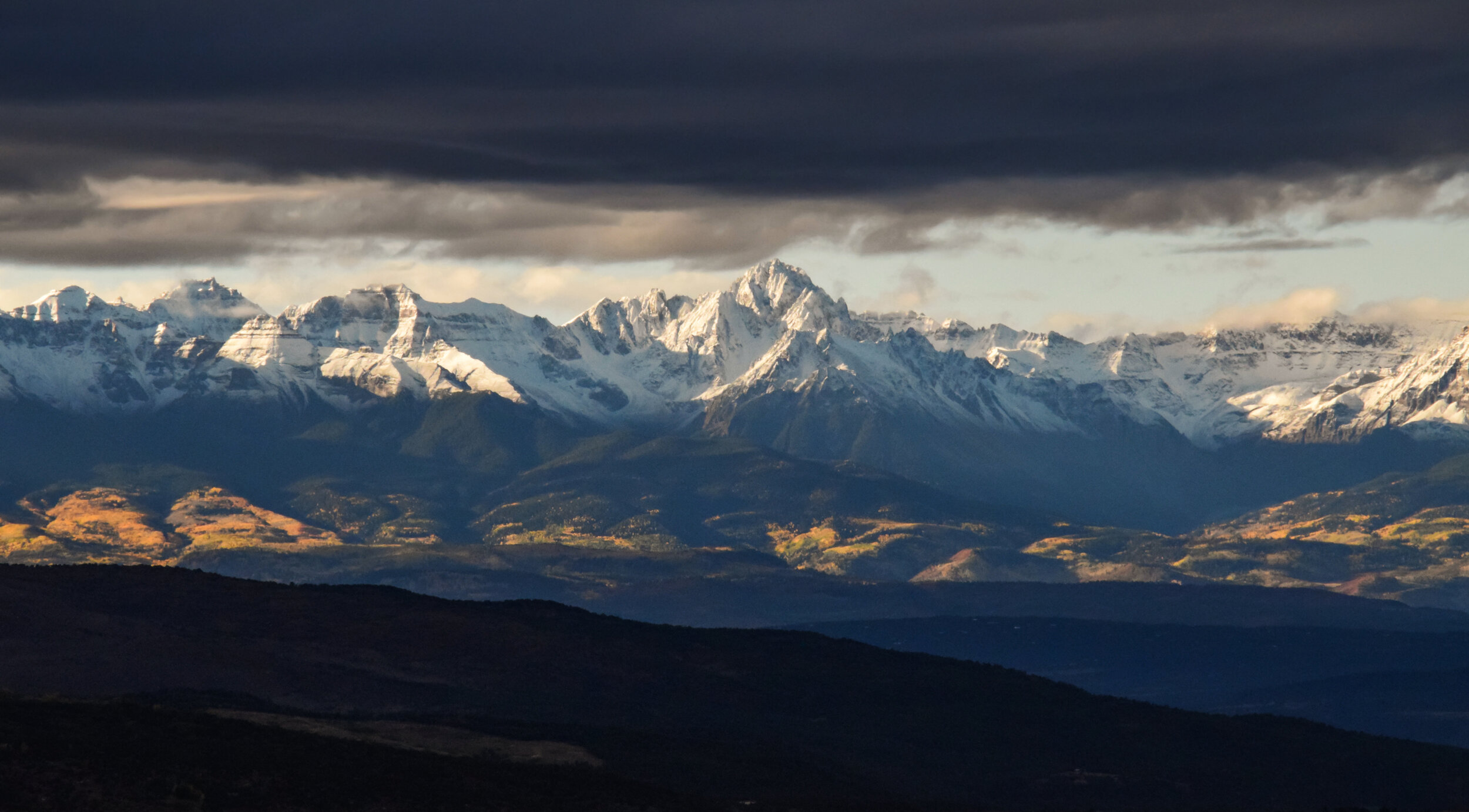Finding Balance in Nature
Landscape photography is the art of photographing the natural landscape. Anyone can start taking pictures of landscapes around where they live with whatever camera they have at their disposal. While creating epic images is a skill that takes years and years to master, It is relatively easy to begin. Here are 3 tips that I have found to be very useful in improving on my photography.
Subject
I believe the subject is one of the most important elements to landscape photography. If you have a stunning, awe inspiring location to photograph no matter what camera you use or what time of day it is the beauty of the location can still cause for a very interesting image.
Try to find unique locations with very interesting features; dramatic mountains, rolling hill, pristine lakes are just a few examples. Though not everyone has these natural features where they live, just getting out and exploring your local park or protected area you might just discover something of interest.
-Taken with a point and shoot camera.
As you can see this image was shot in harsh mid day light, the image is not super sharp, and the composition was not well thought. But the subjects; of the mountains and flowers, hold a lot of interest making this an interesting (but not great) image.
2. Composition
Composition is a very important when it comes to landscapes. Having a pleasing background, middle ground and foreground are essential ingredients to a good image. The foreground should have interest and the middle ground should help blend the foreground to the background.
For a foreground look for something unique or something that stands out. Also be looking for Leading lines and “S” curves. Theses are good things to look for when finding a composition. These lines help to lead the eye through the image.
Where the water meets the sand (Foreground) creates an “s” curve causing the viewers eye to be drawn to the waves (Middle ground) then to the cliffs and sky (Background).
3. Light
Light creates detail and mood. It adds color and drama to images. the best time to take landscapes is at sunrise or sunset. This is called “Golden Hour”. At these times the sky usually has color and The light is less harsh so there is not too much contrast between the highlights and shadows.
Its best to shoot at 90 degrees to the sun to avoid the highlights and shadows being blown out, meaning no detail can be recovered in post processing. Depending on the look you are trying to create shooting straight at the sun can also make some excellent images.
It is always tempting to take a picture when the sky is at its most dramatic. Usually this time is right before the sun rises or after it sets causing the sky to look stunning, but with no light in the foreground the image will be unbalanced. Wait until the sun rises or right before it goes down on the horizon, so there is sunshine on the foreground. this will make the image more balanced between the highlights and shadows.
post processing applications can be very useful in recovering shadows and highlights in an image to make it more balanced, but getting the picture correct in camera always makes for a better looking image.
Shot at sunrise. While there is no color in the sky or foreground, the light on the mountains is quite dramatic.
Photography is a type of art and while the tips above are guidelines I, myself even occasionally break these rules. The best way to learn is to get out with your camera and try new things. Start by taking a lot of picture then view them on the computer and look at the images you like. Then ask yourself why you like those images. Photography like anything takes time to learn and master. The more you do it the more you will learn and the better the images will become.



